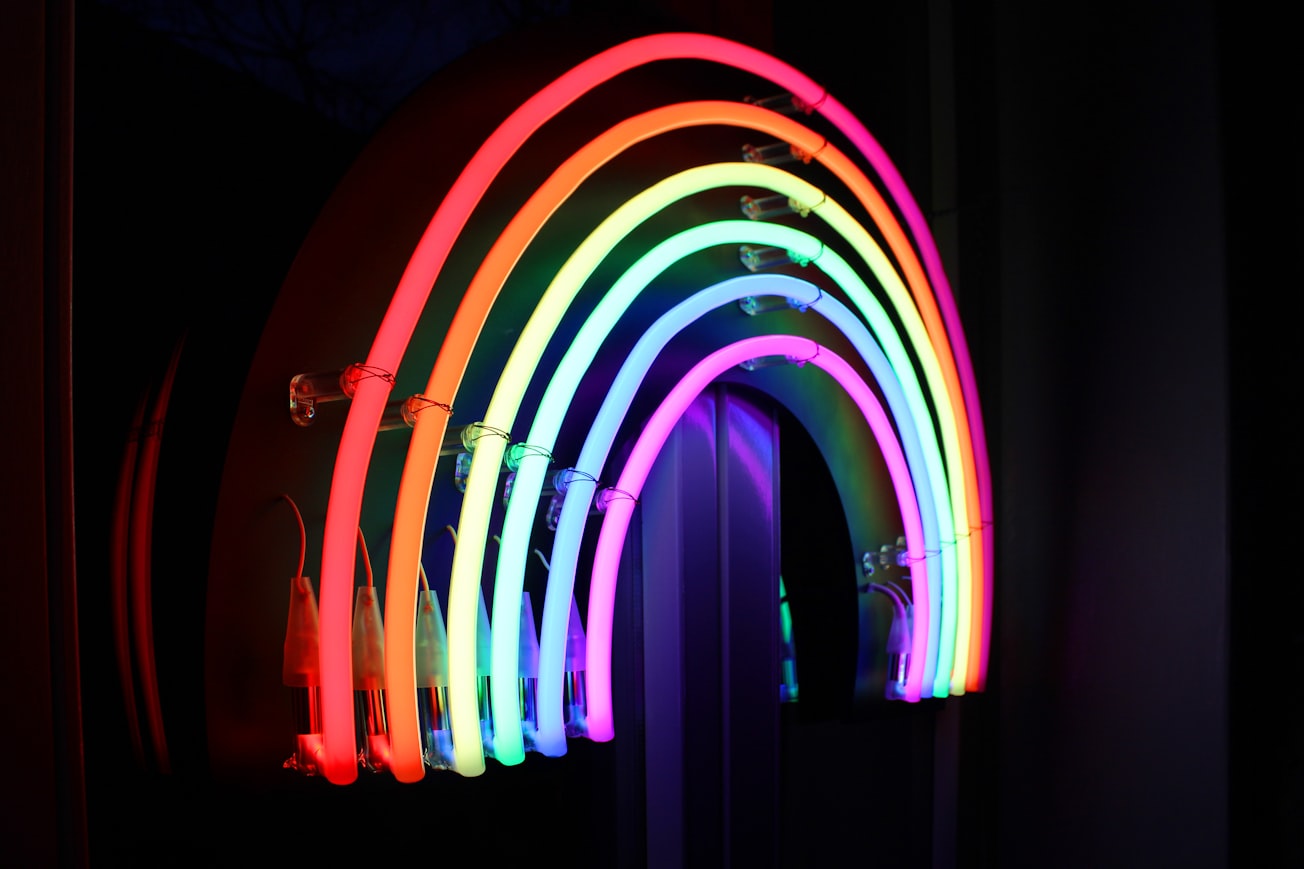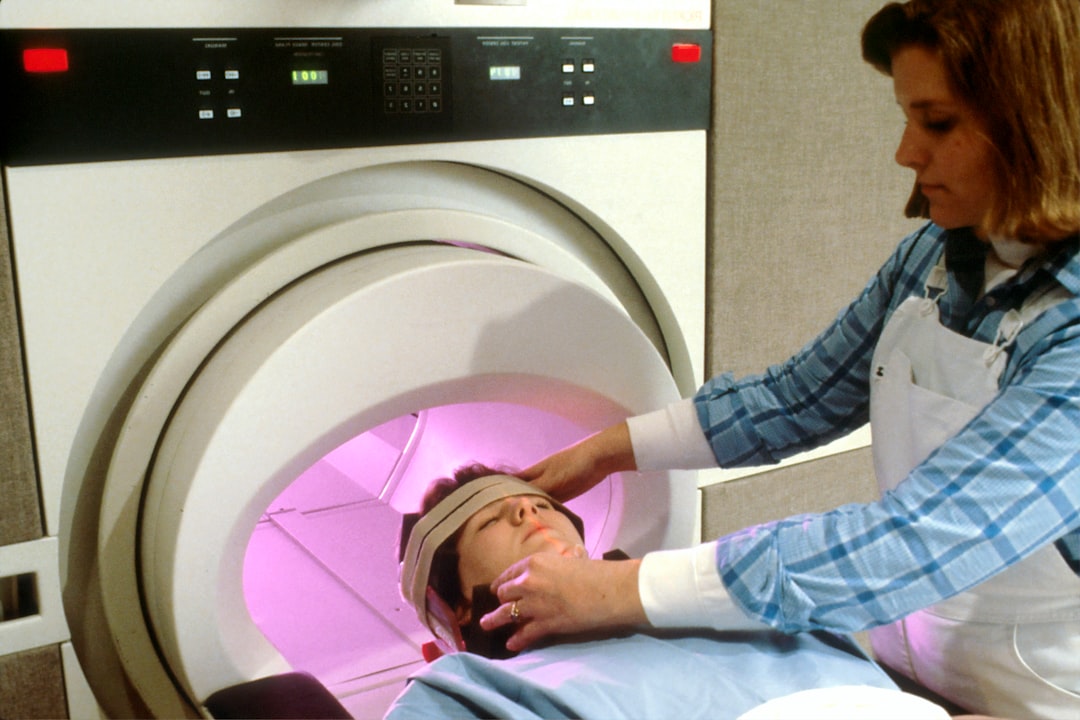What is it about?
This is an overview of various techniques to image how light can be confined to the nanostructures. Light couples to certain modes of these nanostructures, and imaging these modes can be done either with light itself, or with other methods like electron microscopy and spectroscopy.
Featured Image

Photo by Ana Cruz on Unsplash
Why is it important?
When light confines to the nanostructures, the latter become antennas for light and can reflect it, guide it, absorb it, all done directionally like antennas do with electromagnetic radiation. Knowing how light confines to such nanoantennas gives an invaluable information for the design of optical sensors, nanophotonics devices, photocatalytic systems and in many other cases, where light-matter interaction at the nanoscale is crucial for the function.
Perspectives
Methods that experimentally image light confined to metallic nanoantennas become more available, less costly and more performant. This overview sets the baseline, with many further developments already on their way. This is crucial both for the fundamental science of light-matter interactions and for the technology development in many areas, where light and materials work together.
Professor Alexandre Dmitriev
University of Gothenburg
Read the Original
This page is a summary of: Real-space imaging of nanoplasmonic resonances, The Analyst, January 2010, Royal Society of Chemistry,
DOI: 10.1039/c000887g.
You can read the full text:
Contributors
The following have contributed to this page










